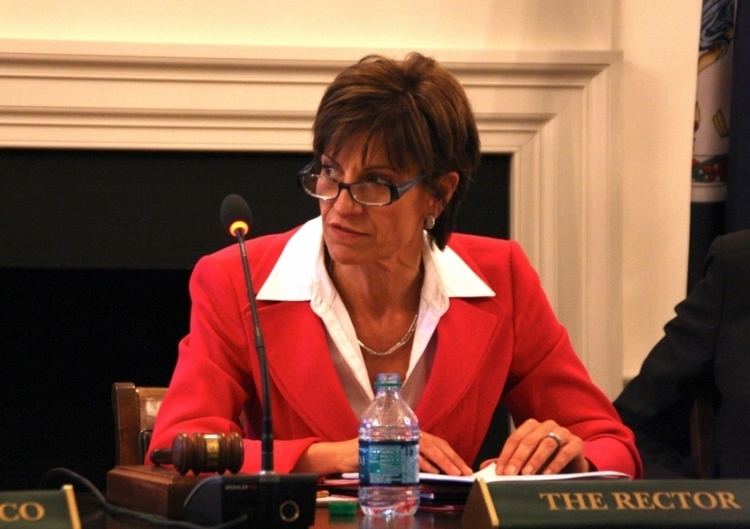Country Kosovo District District of Prizren | Area 435 km2 | |
 | ||
Dragaš, also known as Sharri and Dragash (Albanian: Sharri or Dragash; Bosnian: Dragaš; Serbian: Драгаш, Dragaš), is a town and municipality in the Prizren district of southern Kosovo. The population of the town is 1,098, that of the whole municipality is estimated at 34,241 (2014). The Albanian name Sharri is a reference to the Šar Mountains (in Albanian Sharr). The Serbian name Dragaš comes from medieval Serbian lord Constantine Dragaš.
Contents
Map of Dragaš
Geography

The territory of the Dragaš municipality lies in the northern latitude of 41 52' 30" to 42 09' 03" and longitude of 20 35' 39" to 20 48' 26". The whole territory is surrounded by the Šar Mountains, then Koritnik Mountain, mountain Gjalic and Cylen in the direction of Prizren. Only one part of the territory in Prizren direction is hilly with a relatively slight slope by which this territory is connected with Prizren basin and through Prizren with the world.
History

Dragaš was named after Serbian medieval noble family of the same name which served Dušan the Mighty (r. 1331-1355) and Uroš the Weak (r. 1355-1371).
From 1877 to 1913, Dragash was part of Kosovo Vilayet
From 1929 to 1941, Dragaš was part of the Vardar Banovina of the Kingdom of Yugoslavia.
The Dragaš municipality was created by the United Nations Interim Administration Mission in Kosovo (UNMIK) by merging the two former municipalities of Gora and Opolje.
Municipality
Demographics
The municipality is split into the regions of Opolje and Gora. Most of the Gorani live in Gora, whilst Albanians make a majority in both regions. There also a significant number of Bosniaks in the municipality.
OSCE estimates say the following:
According to the census in 2011 there is a significant Bosniak community in Dragaš, numbering around 4,100 people.
Economy
The main employers in the area are the Municipality, UNMIK police, and private companies as “KUK Commerc”, “Meka” and former state-owned enterprises.
All major local companies were formerly state-run and, as elsewhere in Kosovo, are currently under the responsibility of KTA. The original UNMIK strategy towards these public enterprises consisted of carrying out a process of ‘commercialisation’. This process was believed to be the best way to revive the enterprises, although no foreign investors decided to invest.
Infrastructure
The municipality is mountainous and therefore has related infrastructural problems (e.g. problematic access to some villages during winter season). Its infrastructure was in a state of serious disrepair before the war, due to a combination of harsh winters and state neglect. Roads, in particular, (Zhur–Dragaš; Dragaš-Brod; Dragaš- Restelica) require urgent improvement for the social-economic development of the area. Bus connections between Dragaš town and the Opoja area continue to improve and the services to Gora are organized by the two OSCE-SIMF buses donated to the municipality. There is a free school bus service provided by the municipality along Gora routes. Taxi services exist but are largely unaffordable for the population. OSCE through SIMF/ ECSF funds supported also the rehabilitation of the Heath House.
Mobile coverage is also improving. Water supply is ensured in all villages.
Symbol
The emblem of Dragaš includes an image of the Šarplaninac dog.
